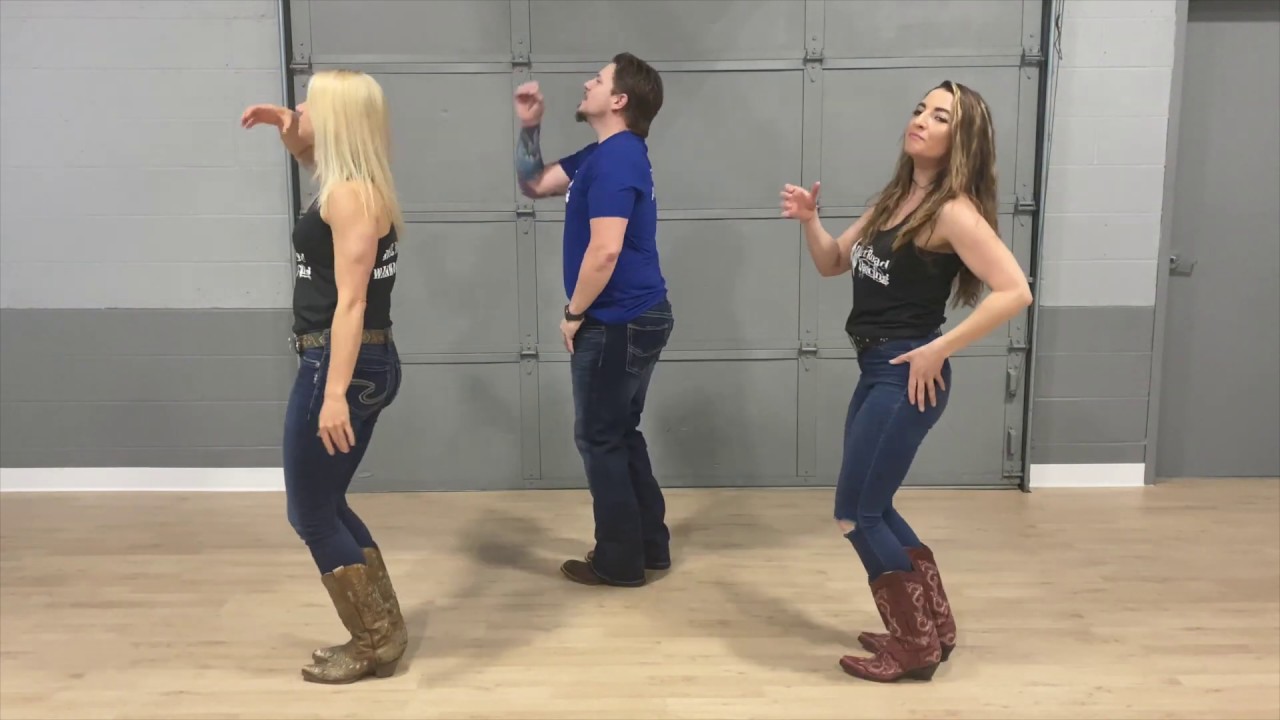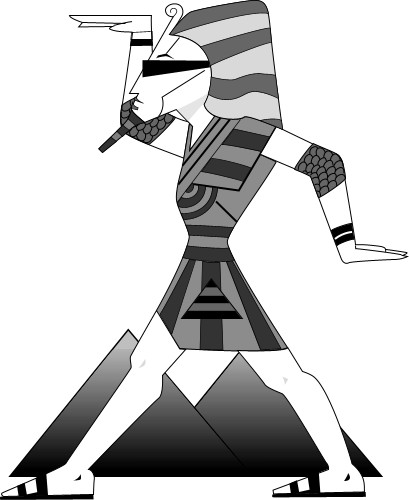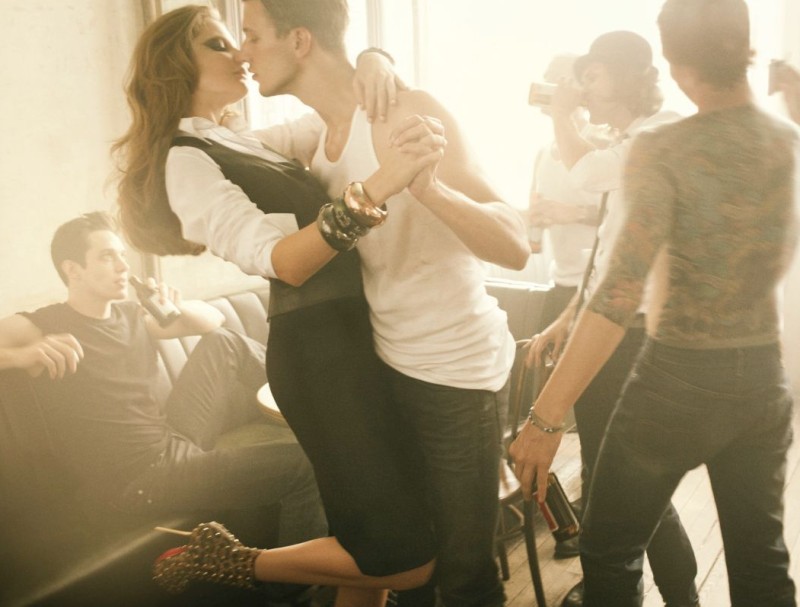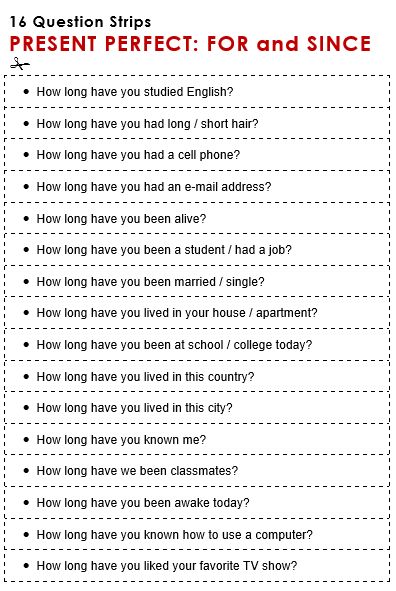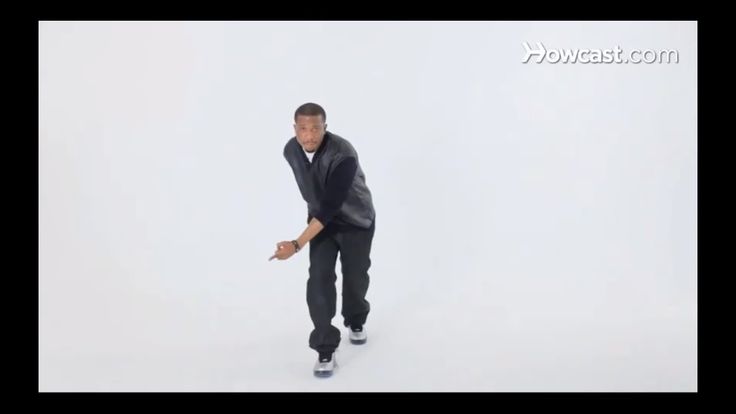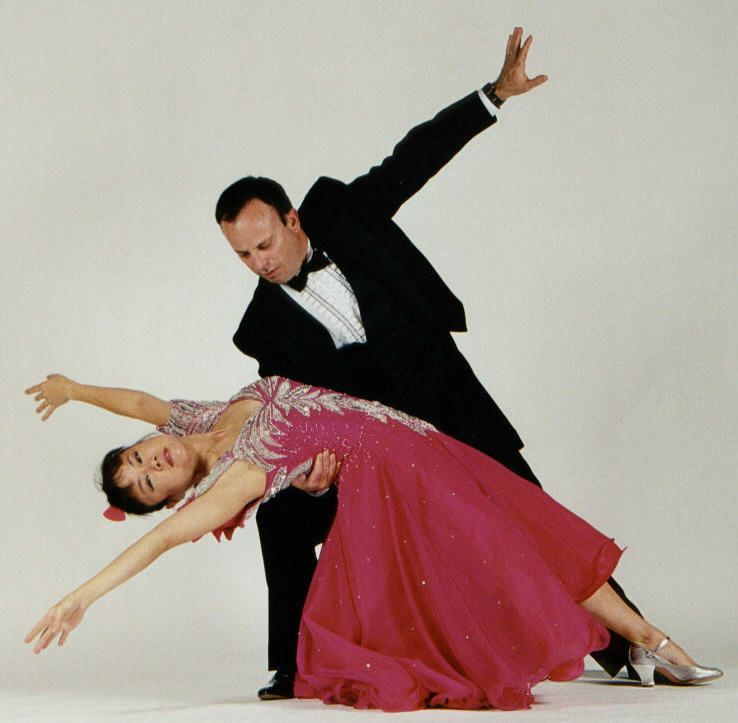How to clog dance
Clog Dancing
During the Industrial Revolution, the working classes of northern England flocked to work in coal mines, pits and cotton mills to make a living. Not the most likely place for the birth of a traditional pastime? Well actually, yes. It was among these cobbled streets that the English tradition of clog dancing was born.
Although the clog dancing of northern England that we recognise today was started here, it was long before this that dancing in clogs began. It is thought that ‘clogging’ came to England as early as the 1400s. It was at this time that the original completely wooden clogs altered and became leather shoes with wooden soles. In the 1500s, they changed again, and separate wooden pieces were used to make the heel and toe. This early dancing was less complicated than the later ‘clog dancing’.
Clog dancing is most notably associated with the 19th century Lancashire cotton mills, with towns like Colne. It is here that the term ‘heel and toe’ was first used, derived from the changes made to the clog in the 1500s. Coal miners in Northumbria and Durham developed the dance too.
The clog was a comfortable and cheap form of footwear, with alder soles, ideal for these industrial workers in the Victorian period. It was especially important to have this hardwearing footwear in the cotton mills, because the floors would be damp, to create a humid environment for the spinning process.
Initially, the dancing was started simply to alleviate boredom and warm up in the cold industrial towns. It tended to be men that would dance and, later, as its popularity grew to its peak between 1880 and 1904, they would compete professionally in music halls. The money awarded to winners would be a valuable source of income for the poor working classes. There was even a World Clog Dancing Championships, which Dan Leno won in 1883.
Women also participated, though, and later their dancing, too, became popular in music halls. They would also dress up colourfully and dance in the villages, carrying sticks to represent the bobbins in the cotton mills. Dancing clogs (night /‘neet’ clogs) were made from ash wood, and were lighter than those worn to work. They were also more ornate and brightly coloured. Some performers would even nail metal to the soles so that when the shoes were struck, sparks would fly!
Dancing clogs (night /‘neet’ clogs) were made from ash wood, and were lighter than those worn to work. They were also more ornate and brightly coloured. Some performers would even nail metal to the soles so that when the shoes were struck, sparks would fly!
The age of the clog also added a new dimension to brawling. In the illegal clog fighting or ‘purring’, men would wear clogs on their feet and violently kick each other, while otherwise being entirely naked! This would be to try and settle disagreements once and for all.
Other entertaining performers at the time were the canal boat dancers. Along the Leeds and Liverpool canal, these men would keep time with the sounds of the bolinder engine. They would compete with the clog dancing miners in the pubs lining the canals, and frequently win. Onlookers would also be impressed by their table-top dancing, managing to keep the ale in the glasses!
Clog dancing involves heavy steps which keep time (clog is Gaelic for ‘time’), and striking one shoe with the other, creating rhythms and sounds to imitate those made by the milling machinery. During competitions, judges would sit either beneath the stage or behind a screen, allowing them to mark performances purely on the sounds made. Only the legs and feet move, the arms and torso remaining still, rather similar to Irish step dancing.
During competitions, judges would sit either beneath the stage or behind a screen, allowing them to mark performances purely on the sounds made. Only the legs and feet move, the arms and torso remaining still, rather similar to Irish step dancing.
There were various styles of clog dancing, like Lancashire-Irish, which was influenced by the Irish workers that migrated into the mills of Lancashire. The Lancashire style also tended to make more use of the toe in the dance, whereas Durham dancers used more heel. Other styles included the Lancashire and Liverpool hornpipes. Early clog dances did not include ‘shuffles’, but the later clog hornpipe, influenced by the hornpipe stage dance of the 18th century, did include these steps. In 1880 clog hornpipes were being performed on city stages all over England. Clog dancing could be performed alone or in a dance troupe, such as the Seven Lancashire Lads, which the legendary Charlie Chaplin joined in 1896.
As the twentieth century dawned, clog dancing in the music halls declined. Its association with the lower classes and undesirable aspects of society, like betting, became more apparent, particularly in contrast to the more refined theatre experience. It was also being replaced by the more dazzling tap dancing, which had developed in America at the end of the 19th century. It was a mixture of clog, Irish step and African dance. There was, however, renewed interest in folk dancing after World War II, leading to steps being revised and taught again.
Its association with the lower classes and undesirable aspects of society, like betting, became more apparent, particularly in contrast to the more refined theatre experience. It was also being replaced by the more dazzling tap dancing, which had developed in America at the end of the 19th century. It was a mixture of clog, Irish step and African dance. There was, however, renewed interest in folk dancing after World War II, leading to steps being revised and taught again.
Today, although clog dancing is certainly not as popular as it was in the 1800s, clog makers still exist and performances can often be seen at folk festivals like Whitby. Skipton, north Yorkshire, also hosts a festival of English step dance every July, helping to keep the tradition alive.
Dance: Clogging and Buckdancing | Tennessee Encyclopedia
Skip to contentDance: Clogging and BuckdancingRandal Rust2018-03-01T20:07:34+00:00
Contestant at Uncle Dave Macon Days in Murfreesboro.
- Written by Margaret D. Binnicker
< 1 minutes to read
The traditional dances of clogging and buckdancing are popular forms of percussive dancing that originated in the southern Appalachian mountains. Though the eighteenth-century Scottish and Irish settlers brought with them the clog, a step dance characterized by a very erect upper body, the additional influences of the traditional dance of Native Americans with its toe-heel, toe-heel movement and African American buck dancing, in which the arms hang loosely at the dancer’s sides, made for a distinctly American style. The basic clogging and buckdancing step consists of a double toe shuffle, where the dancer brushes forward the toe and then the heel of the free foot, shifts his or her weight to that foot, then rocks onto the other foot, before stepping back onto the foot that had originally been free. The leg is generally raised a little more than six inches off the ground in clogging, while the feet stay close to the ground in traditional buckdancing.
The term “clogging,” as it was first applied in the 1930s, signified the act of coupled dancers executing individual step dances together in group configurations. In freestyle (or traditional) clogging, the dancers performed spontaneous footwork, which allowed them to improvise while moving about the dance floor in time to live music provided usually by string bands. The addition in the 1940s of taps, costumes, and the concept of teams for the dancers indicated a shift underway from the perception of clogging as family or community entertainment to that of public performance. The Tennessee Travelers, a group featured on National Barn Dance radio shows in the 1940s, may have helped generate another form of clogging called precision clogging that developed in the 1950s. Precision (or modern) cloggers synchronize their steps, emphasizing identical footwork choreographed to be done in unison.
The following information is provided for citations.
- Article Title Dance: Clogging and Buckdancing
- Author Margaret D. Binnicker
- Website Name Tennessee Encyclopedia
- URL http://tennesseeencyclopedia.net/entries/dance-clogging-and-buckdancing/
- Access Date December 26, 2022
- Publisher Tennessee Historical Society
- Original Published Date October 8, 2017
- Date of Last Update March 1, 2018
- Arts
- Recreation
- Thematic Essay
7 tips for those who want to learn how to dance
September 9, 2020 Reno5 A life
Dancing is a great way to make friends with your body and gain self-confidence. And yes, they can be mastered at any age.
And yes, they can be mastered at any age.
1. Choose your style
The idea here is the same as for sports: if you secretly hate yoga or iron exercises, you are unlikely to go to workouts week after week. To achieve noticeable progress in dancing, a beginner will have to practice a lot and regularly, so it’s better not to torture yourself and choose a direction that really ignites. nine0003
You can focus on the music that you like - you need to catch the drive from movements to it. It is music that forms the style of dance and its energy, so decide what is closer to you: for example, funk lovers should try popping or locking, folk fans may like Irish dancing, and if you respect jazz, swing and everything like that, take a closer look at lindy hop.
Another criterion is the nature of the movements. Some are closer to dynamic, as in hip-hop, others are smooth and sensual - for this in tango. There are also health restrictions to consider. So, twerk is not suitable if there are problems with the lumbar spine, with sore knees it is better not to get involved in shuffle, and it will be difficult for an aged person to master house.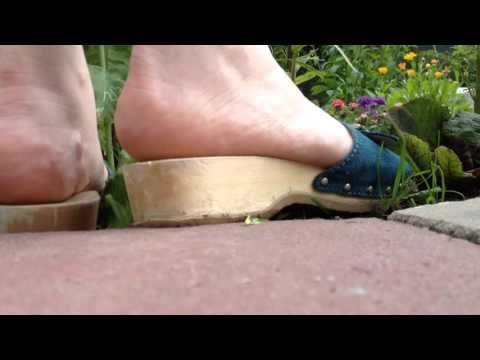 nine0003
nine0003
2. Set a goal
Photo: Iakov Filimonov / ShutterstockYou can start dancing at any age, but it's important to keep in mind why you started it in the first place. It is perhaps too bold to expect that in half a year of classes it will be possible to reach the level of international dance championships from scratch. But if you want to try dancing in order to develop plasticity and learn to feel the body better, great, go ahead.
Don't expect everything to work out the first time. When you learn from scratch, difficulties are absolutely normal, the main thing is not to score in classes. Over time, both the correct posture and a beautiful gait will be developed, and as a bonus you will also get self-confidence - with freedom of movement, freedom from complexes will come. nine0003
3. Don't give up on sports
Some dances in themselves make for a good workout. A vigorous shuffle will replace cardio, and a break can give a load to almost all muscle groups. And yet, without preparation, it will not be easy. A more or less good stretch is needed in any type of dance, and, for example, strong arms and strong abdominal and back muscles are also useful for pole dancing. You can combine dancing with strength exercises, but you need to give the body time to recover and not plan classes in a row, but allocate at least a day of rest between them. nine0003
And yet, without preparation, it will not be easy. A more or less good stretch is needed in any type of dance, and, for example, strong arms and strong abdominal and back muscles are also useful for pole dancing. You can combine dancing with strength exercises, but you need to give the body time to recover and not plan classes in a row, but allocate at least a day of rest between them. nine0003
And don't forget to warm up before dancing. So that the training does not end with an injury, the muscles and joints need to be prepared for the load. You can allocate 10–15 minutes for a warm-up, it should include simple articular gymnastics (at least elementary rotational movements of the shoulders and knees), tilts and dynamic stretching.
4. Take some lessons from a trainer
Especially if you have never danced before. Those with experience can learn new styles at home with video tutorials, but that's because they already know how to control their bodies. Beginners are unlikely to succeed, but disappointment in themselves and demotivation are guaranteed - if you can’t repeat elementary movements, then there’s no point in doing it. nine0003
nine0003
Nothing really strange here. Without preparation, it is difficult to just take it and start moving freely. At least the basic elements are better to master under the guidance of a pro, and when you feel that you are coping, supplement these lessons with home workouts.
5. Learn something new in every class
When you repeat the same set of exercises and movements over and over again, classes turn into a good way to pass your free time, only you can forget about progress. Acquaintance with new elements is the same mandatory part of any workout as a warm-up. It doesn't matter if you work with a mentor or on your own. nine0003
Do not immediately try to copy cool dancers. First, study the basic movements, then try to combine them into bundles until you hone them to automatism, and then experiment and improvise, creating something new based on familiar elements.
6. Record yourself on video
It is not necessary to record the entire workout from the warm-up, it is enough to record only those moments with which you have problems.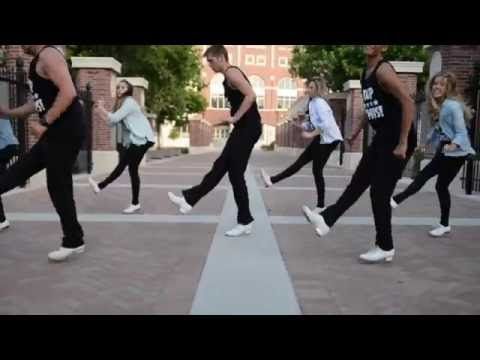 These can be separate movements or bundles that are not given in any way. Review the video and, if possible, objectively assess what is wrong: perhaps there are technical problems that are difficult to notice in the process. When you understand what's wrong, try to repeat the movement and record it on video again - and so on until you achieve a good result. nine0003
These can be separate movements or bundles that are not given in any way. Review the video and, if possible, objectively assess what is wrong: perhaps there are technical problems that are difficult to notice in the process. When you understand what's wrong, try to repeat the movement and record it on video again - and so on until you achieve a good result. nine0003
This approach will help you find errors and track progress. You can not even limit yourself to memorized ligaments, but improvise - then see how it looks from the outside.
7. Find like-minded people
Photo: Iakov Filimonov / ShutterstockIf you need an extra reason not to miss classes, then meeting new people can be a good motivation. It is easier here for those who train in a group. Often the dance school becomes the center of a close-knit community, where people come not only for the sake of classes, but also just to spend time together at dance parties. nine0003
Finally, the more partners around, the more experience.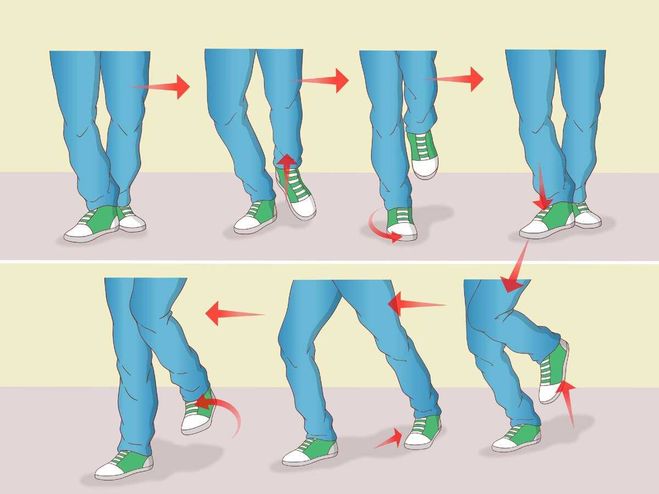 Do not limit yourself to dancers of your level of training and practice with those who are stronger or weaker than you. In the first case, you will be able to improve your skills, and in the second, you will try yourself as a coach - this, by the way, is a good way to learn to take more initiative and understand the very principle of movement in dance, and not just memorize the alternation of chords.
Do not limit yourself to dancers of your level of training and practice with those who are stronger or weaker than you. In the first case, you will be able to improve your skills, and in the second, you will try yourself as a coach - this, by the way, is a good way to learn to take more initiative and understand the very principle of movement in dance, and not just memorize the alternation of chords.
Stay fit and connected with the OPPO Watch. They have two powerful processors, a bright AMOLED display, 1 GB of RAM and 8 GB of internal memory, Bluetooth, Wi-Fi and NFC modules. And more than 90 training modes, including those designed specifically for ORRO. Work out cooler with music, you can listen to it in streaming services or download tracks to the memory of your watch.
If you want to enjoy clear sound, the OPPO ENCO W31 Wireless Headphones are for you. Two-level noise reduction system, easy operation and stable connection will make listening to music and talking on the phone as comfortable as possible.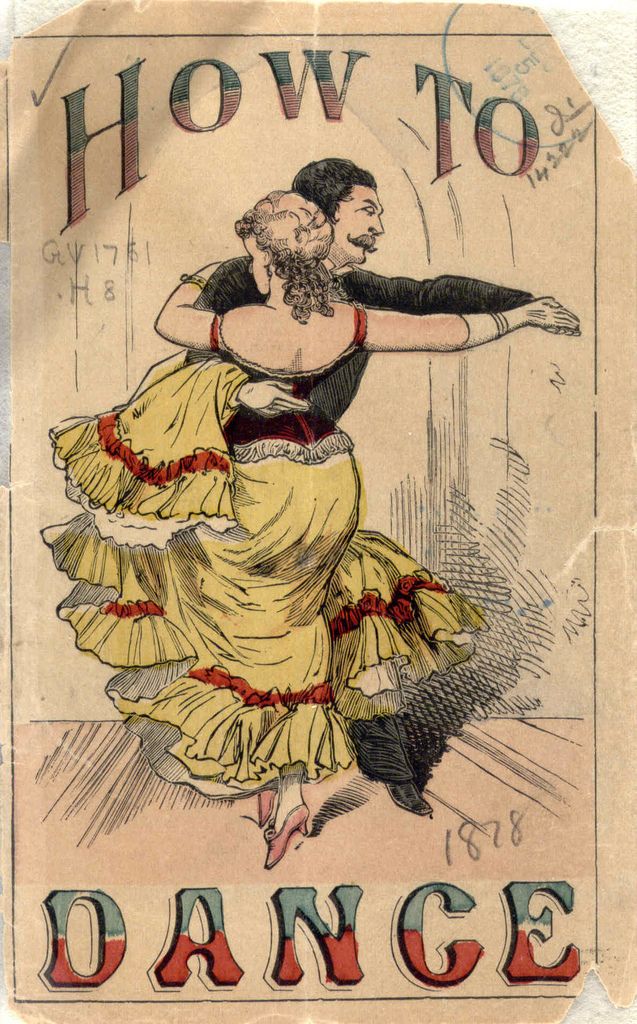
- How to learn how to dance the shuffle
- How to learn street dancing without leaving your home
- Zumba is a fun way to lose weight for those who love dancing
Dancing under a veil, or How to leave an unforgettable impression of your wedding | 74.ru
Share
Share
Have you ever wondered how many times newlyweds confess their love to each other on their wedding day? Watching my friends on the day of their wedding ceremony, I thought it happened every second. The young husband and wife are full of tenderness, love and happiness, they do not hide their joyful emotions and strive to share them with the whole world. Why not try to express your feelings in a different way, for example in the language of dance and music? The ballroom dance teacher Arkady Ekk told us about the intricacies of the process of staging a wedding dance. nine0003
– Arkady, please tell us which dances are chosen for staging at the wedding?
- Basically, these are dances in pairs, two such dances are usually chosen from ballroom choreography.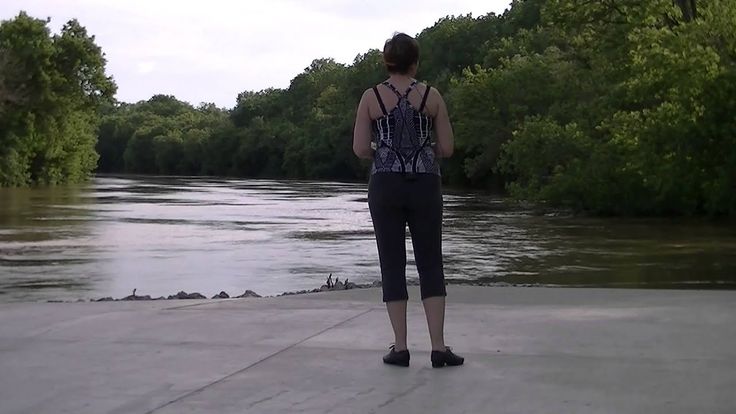 The first is the "Viennese Waltz" with elements of the "Figured Waltz", which is most suitable for wedding music, it can even be danced to the march of Mendelssohn. But sometimes young people can’t cope with the fast rhythm and ask to be taught the “Slow Waltz”. This is the second type of wedding dance. Here, in principle, the same account, but the rhythm is slower. The only thing is that the slow waltz is more difficult in terms of choreography, it has more figures that you need to learn in order to dance. This, of course, takes more time. There are fewer figures in the Viennese waltz, so it learns faster. nine0003
The first is the "Viennese Waltz" with elements of the "Figured Waltz", which is most suitable for wedding music, it can even be danced to the march of Mendelssohn. But sometimes young people can’t cope with the fast rhythm and ask to be taught the “Slow Waltz”. This is the second type of wedding dance. Here, in principle, the same account, but the rhythm is slower. The only thing is that the slow waltz is more difficult in terms of choreography, it has more figures that you need to learn in order to dance. This, of course, takes more time. There are fewer figures in the Viennese waltz, so it learns faster. nine0003
– How long does it take to prepare and rehearse the wedding dance?
- It depends on the people. People are different, they showed someone once, and he already does everything himself, someone needs to be shown several times, then check the same number again. Also, a lot depends on the initial preparation, someone may have done rhythmic gymnastics or other non-ballroom dancing, or danced in childhood.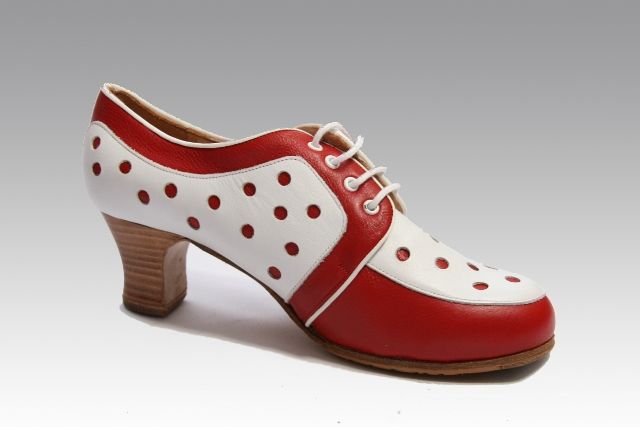 Then, in one or two classes, a dance is staged. For those who have never studied anywhere before, it takes about a month and a half to prepare. Depending again on what the newlyweds want. Sometimes they just want to dance, no support, poses. Setting a more complex dance requires more time. nine0003
Then, in one or two classes, a dance is staged. For those who have never studied anywhere before, it takes about a month and a half to prepare. Depending again on what the newlyweds want. Sometimes they just want to dance, no support, poses. Setting a more complex dance requires more time. nine0003
The ideal option for classes is every other day. We spend a day with me, a day on our own. If you give information every day, then it is quite difficult, it is not absorbed, it becomes superfluous. Although in practice it turns out that classes are held twice a week.
– Does it happen that young people start exercising and then quit training?
- It happens sometimes, but I think it is primarily due to lack of time. Usually the decision to dance is made at the last moment: there are four weeks left before the wedding, and the young people decide to put on a dance. It happened that two weeks before they asked to put on a dance. This, of course, is possible, but only if you practice almost every day, but then again, where do you get the time. Therefore, everything must be planned in advance in order to still have a beautiful dance. Of course, if I see that a couple is engaged and making progress, I say: “You are now studying on your own, and before the wedding we will meet again, we will clean everything up, bring beauty, and you will dance.” nine0003
Therefore, everything must be planned in advance in order to still have a beautiful dance. Of course, if I see that a couple is engaged and making progress, I say: “You are now studying on your own, and before the wedding we will meet again, we will clean everything up, bring beauty, and you will dance.” nine0003
– Who selects the music for the dance: the newlyweds themselves or the coach?
– It usually happens like this: I ask young people to choose for themselves what kind of music they want to dance to, if they cannot choose, then I offer different versions of music. I only suggest, but they still choose.
– What is the biggest challenge for couples without any initial preparation?
Share
– Rhythm is the hardest thing to learn. Which foot goes where is remembered quickly, but dancing to the music, maintaining the rhythm is the most difficult thing. Because everyone hears music differently. And for two people to dance to the same music in the same rhythm - it takes a lot of time. The Viennese waltz also involves dancing in pairs, close contact, and if people have not danced before, it is difficult to immediately stand close to each other and dance. This rapprochement between the bride and groom also takes a lot of time. Steps are easy to learn, there are not so many figures, besides they are quite simple. nine0003
The Viennese waltz also involves dancing in pairs, close contact, and if people have not danced before, it is difficult to immediately stand close to each other and dance. This rapprochement between the bride and groom also takes a lot of time. Steps are easy to learn, there are not so many figures, besides they are quite simple. nine0003
– Do you advise young people to do something on their own outside of class, at home?
– Yes, of course. In general, my classes are structured like this. In the first lesson, I give them the basic steps, showing them how they are done, where to take these steps, in what rhythm, how to count correctly, how to listen to music, how to stand together, that is, I read material about what they will have to do. They go home and at best they all do it. Usually, in the hustle and bustle of pre-wedding preparations at home, people do nothing, and each session starts with a clean slate. This problem is very common. Although I give homework, as practice shows, it is not done. nine0003
nine0003
In the second lesson, mistakes are usually checked, I look at what they have done, how they do it, and correct it. For some, I just correct minor mistakes, so to speak, we bring beauty, but with someone I have to do the same thing many times. And he showed it to someone, and next week he already does everything. It doesn't matter that you danced with mistakes, what matters is how you showed yourself. I say this to all couples. Let you lie somewhere, dance not like that, but first of all you should look beautiful at the same time. Well, we are already working for the viewer, we are trying to play with various situations that may arise. The last time we played up this situation: when the newlyweds began to dance, in the middle of the dance, guests gradually began to join them. The newlyweds complete the waltz and begin to dance the usual slow dance, being in the center along with other guests. nine0003
– So you can even make something like a mini-view?
– Yes, definitely.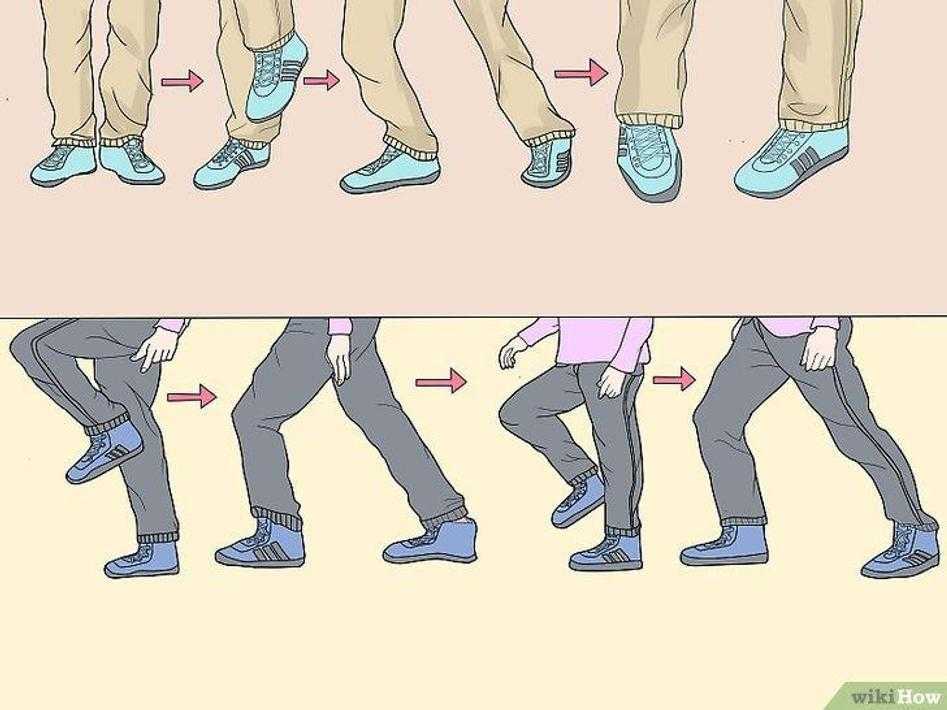 This is not just like that - they took it and danced, but a pre-thought-out composition.
This is not just like that - they took it and danced, but a pre-thought-out composition.
– Does it happen that young people come with their own scenario, plot, which is woven into a dance composition?
- Well, so that they come and say right away, we want to do this, it has never happened in my practice. Usually I offer some options. I tell them: let's do it, they agree or say that it doesn't suit them. Then I come up with something else. Of course, it will be easier for me if the couples themselves say what they want. All the same, different people, one thing suits someone, others do not want to do it. Usually everything happens during the staging process. The newlyweds have chosen music, we listen to it, place accents in it, plan the variation itself, how it will look, come up with a beautiful bow or some kind of pose, for example, the groom can put the bride on his knee, kneel - all options are discussed. Someone, for example, can pick up the bride in his arms and spin with her, someone can't. nine0003
nine0003
– If grooms in most cases wear a classic suit for a wedding, then brides have a wide variety of dresses: both puffy and with a long train. When staging a dance, do you take into account what the girl's outfit will be like?
Share
– There is always a fear of stepping on a dress by accident. But you can't predict everything, that's what rehearsals are for. First of all, if the partner correctly performs the steps, stands in the correct position in a pair, then, in principle, no matter how magnificent the dress is, it will be difficult to step on it. And if the partner lifts his legs strongly, then, of course, you can step on it. I communicate with couples after the ceremony, and judging by their responses, there was no such thing as the groom stepping on the bride's dress during the dance. In my practice, this happened when I myself danced at a wedding ceremony. The newlyweds danced in the center, and we, several ballroom couples, circled around them.-Step-18.jpg/aid1640374-v4-728px-Shuffle-(Dance-Move)-Step-18.jpg) There was very little space for dancing, and my partner nevertheless stepped on the bride's dress. Well, nothing terrible happened, she just left the dress, and the dance continued on. In the wedding dance, I try not to give such movements, performing which you can catch on the dress or step on it, therefore, if everything is done correctly, it is difficult to even step on each other's feet. nine0003
There was very little space for dancing, and my partner nevertheless stepped on the bride's dress. Well, nothing terrible happened, she just left the dress, and the dance continued on. In the wedding dance, I try not to give such movements, performing which you can catch on the dress or step on it, therefore, if everything is done correctly, it is difficult to even step on each other's feet. nine0003
– Is the wedding dance popular among newlyweds in Chelyabinsk?
– Of course, lately, thanks to our television and programs such as Dancing with the Stars, people have begun to come to ballroom dancing more often. Naturally, the demand for a wedding dance has also increased. But even earlier such dances were also staged, it has always been. Previously, people simply did not know that they could turn to someone to learn how to dance. Yes, and ballroom dancing was not particularly common, and now various dance competitions are shown on television, and competitions, which, of course, influenced the growth in popularity of wedding dance.